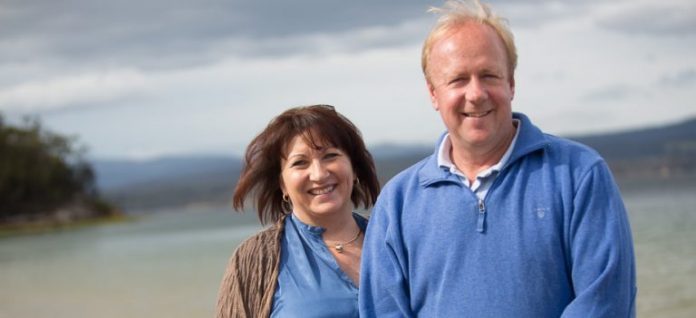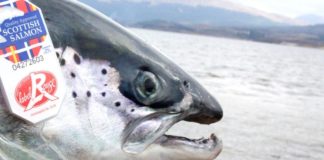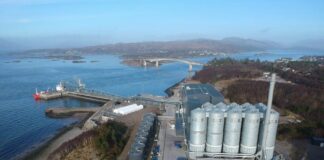Meat giant JBS is reportedly mulling a Huon acquisition.
On Wednesday, it was reported that Huon was reportedly under up potential acquisition by the meat giant JBS.
Australia’s second-largest salmon farmer (Tassal is first) announced in February that it had done a preliminary assessment for the potential for corporate-level transactions “in light of recent unsolicited approaches”.
JBS
JBS is a major player in meat but has little experience in salmon. A small-family-owned beef company in 1953 Brazil, the company has grown into a multi-species leviathan with a USD 76.8 billion market cap.
SalmonBusiness’ reported that a number of foodservice operators looked to Scottish salmon to fill the gap after a cyber-attack targeted nine of its JBS’ processing facilities.
At the time, JBS, which produces almost a quarter of America’s beef, paid a ransom worth USD 11 million in bitcoin to limit the potential impact.
Seara, part of the JBS Group, debuted in the seafood market this year, with a salmon range for the Brazilian market.
Huon
Huon can also boast humble roots like JBS. Founders and bosses Frances and Peter Bender have been farming salmon for more than three decades and have built Huon into a major company that holds 40 per-cent of Australia’s market share of Atlantic salmon.
But the past year and a half has not been easy due to COVID. In February, Huon had to lower projections for its FY2021 EBITDA due to the decline in salmon prices, high freight costs and uncertainties within the global economy.
“As a consequence, management’s expectations of future cash flows have been downgraded, resulting in an impairment of AUD 113.9 million (EUR 72 million .ed),” it wrote at the time.

The salmon farmer has a 35,000 tonnes production target this year. The 36,000 tonnes had to been revised down, following a decision to move part of the harvest into the first half of FY2022. Huon’s market cap is AUD 316.4 million (EUR 196 million).
Tassal
To compare, Tassal’s market cap is AUD 711.3 million (holding 50 per-cent of the market) and its revised short-term strategic plan will see it produce 41,000 tonnes of salmon in full-year 2021. It’ll maintain 41,000 tonnes for the full year of 2022 as this biomass is already at sea. Australia’s largest salmon farmer is also increasingly moving into prawn farming.
Both companies were impacted by a 28 per-cent fall in the international price of salmon and resulting restrictions and market fractures, particularly in global/export markets.
Earlier this year, Huon that it was minimising its sales (which accounted for 7 per-cent of revenue in 2019) to the Chinese market, to shift into new markets including the US, amid the souring relationship between the two countries.
Prices
In terms of Australia HORECA markets, the country is currently being hit as half the population is under highly policed lockdowns. Residents must not leave their homes except for grocery shopping, exercise and other essential reasons.

Looking ahead, the Australian government wrote that it expects domestic prices are expected to follow trends in consumer confidence and demand across the foodservice sector.
“Prices are projected to remain low in 2020–21 and to begin a slow-growth trend in 2021–22 and 2022–23, consistent with an assumed slow economic recovery. Prices in 2023–24 to 2025–26 are expected to plateau but remain favourable. A plateauing price effect is expected as domestic and global supply continues to increase. Domestic salmonid GVP is projected to reach CAD 1 billion (EUR 620 million .ed) in 2022–23, reflecting this increased production,” the Department of Agriculture wrote.
A Huon spokesperson Huon told SalmonBusiness that it could not comment.









